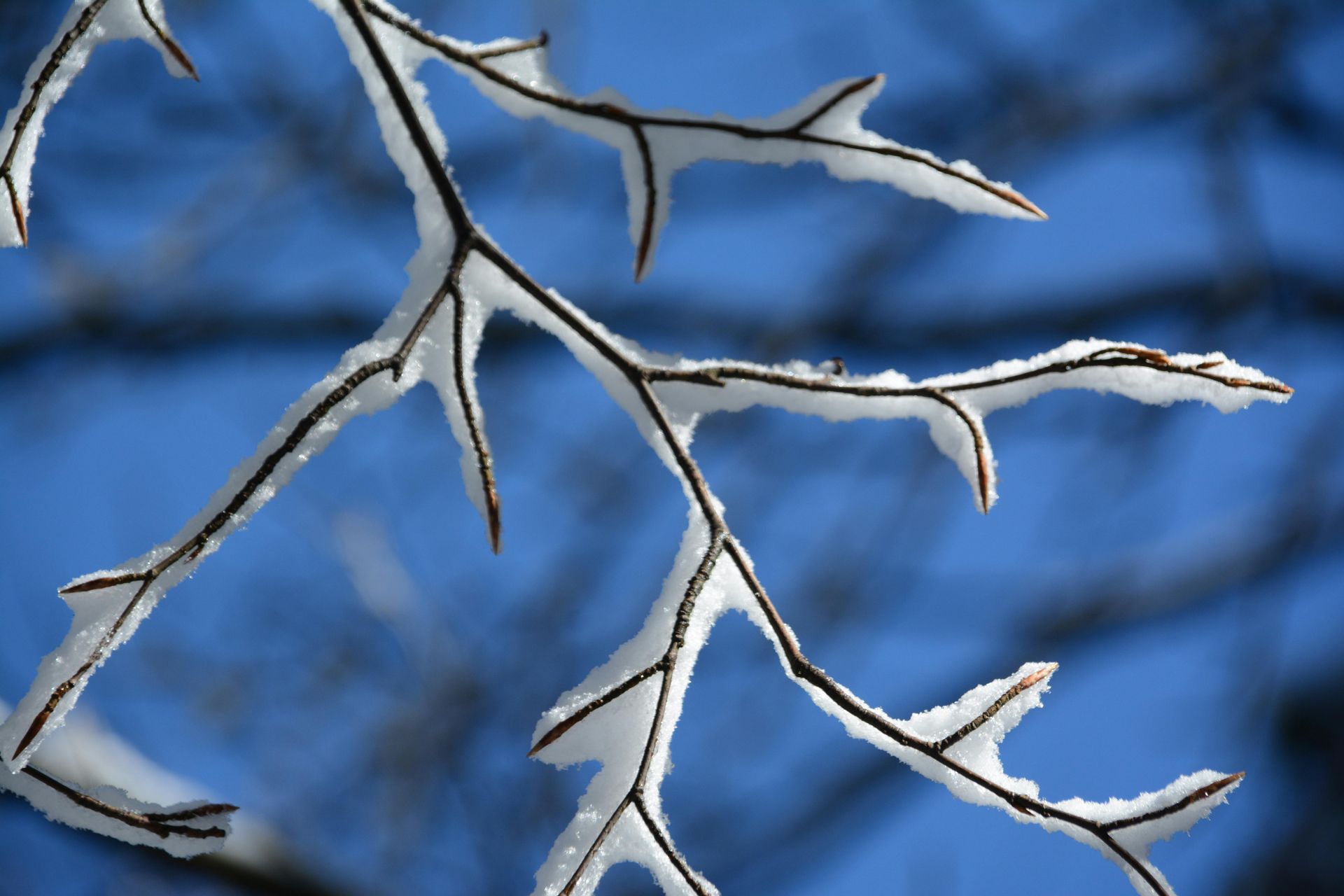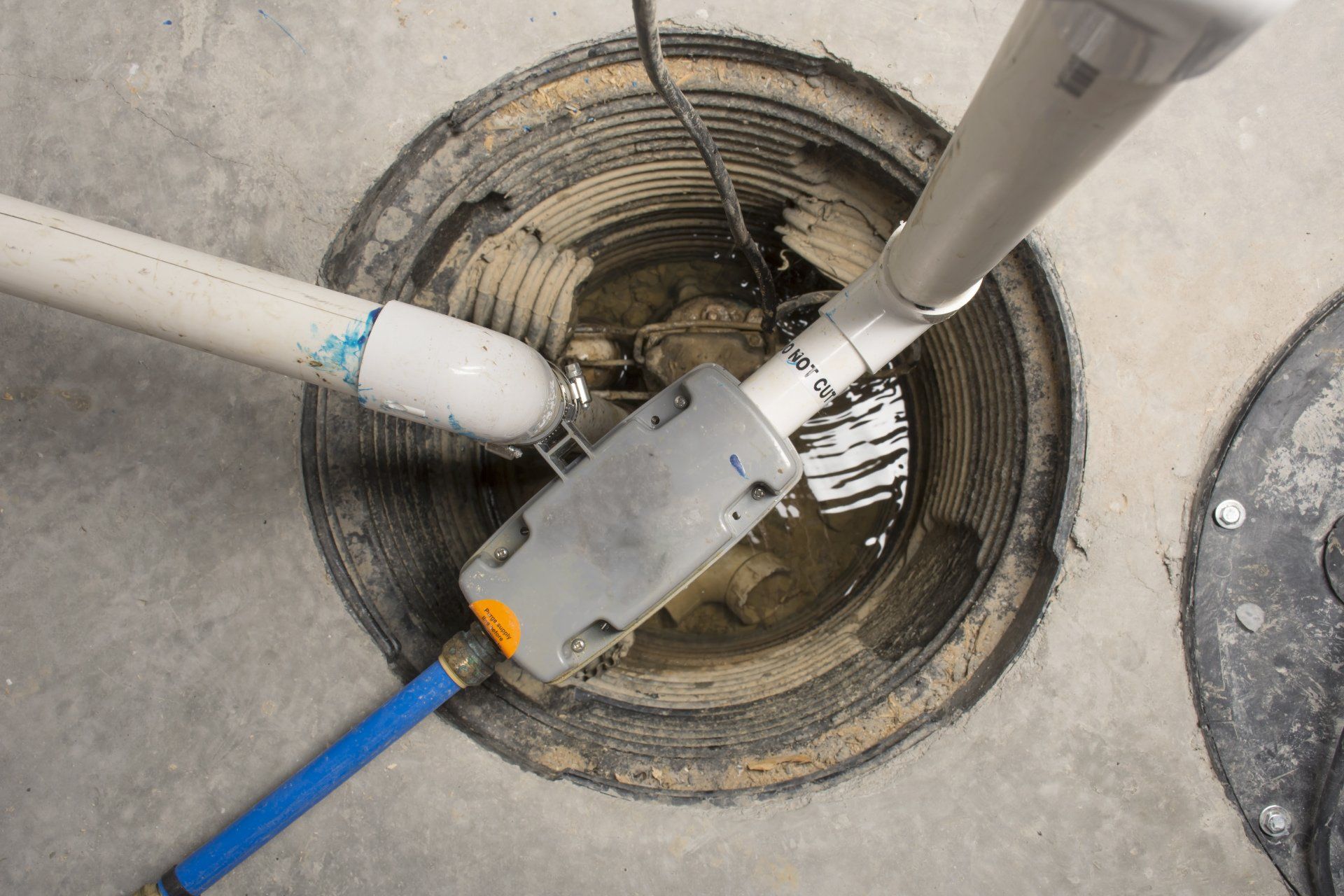Spring Rains are Heading to the Midwest, Will Your Home's Drainage System Keep Up?
Is Your Home Ready for the Spring Rains?

When winter thaws and spring arrives, Midwestern homeowners deal with a common problem, which is heavy seasonal rain. In a matter of minutes, these storms can flood unprepared homes, causing costly water damage and repairs. Your home's drainage system is your first line of defense against spring storms, but many have been damaged by winter months. The perfect time is now to see if your drainage solutions are ready to weather the approaching rains. Acting today can save you thousands of dollars in potential damage and safeguard your home's foundation, basement, and landscaping from water penetration.
Warning Signs Your Drainage System is Already Failing
Water Pooling Near Foundation
If you find puddles or water sitting feet away from your home after rain showers, your drain system is not working. This kind of water will have a way of entering the base of your house, creating some serious structural problems. Keep an eye on these pools around downspouts or lower areas around your home. Small, ongoing puddles just indicate that the water is not draining properly out of the foundation of your house.
Damp or Wet basement
Musty odors, water on walls, or water on your basement floor are clear indications of drainage issues. Even minor dampness will lead to mold, mildew, and eventually structural damage. Check for initial signs in the corners of basements and where walls meet the floor. Most homeowners incorrectly believe sporadic basement dampness is normal, but it's an indication that water from the outside is seeping in.
Overflowing Gutters
Step outside in the rain to notice your gutters in action. If you see water overflowing the sides instead of flowing through downspouts, you have an issue. Clogged, damaged, or undersized gutters can't channel water away. This overflow sends water directly to your foundation instead of away from it. You might also notice water spots or blistering paint on outside walls below malfunctioning gutters.
Foundation Cracks or Soil Shifts
Inspect your base for horizontal or vertical cracks, especially after rainstorms. Sinking concrete, tilting fence posts, or settling in the soil near your residence also indicate poor drainage. Water, when it occupies the earth in the area of your foundation, generates pressure and displacement within the soil. Over time, hydrostatic pressure can harm foundations, shift retaining walls, and create uneven driveways or paths around your dwelling.
Quick Fixes You Can Do
Gutter Cleaning and Repair
Twice a year, use a garden trowel, gloves, and a ladder to clear the gutters of leaves, twigs, and other debris. Look for any holes, loose brackets, or drooping areas that require fixing. Where necessary, add hangers or replace any missing spikes. To cut down on maintenance, think about installing gutter guards. Hiring experts to clean two-story homes could be safer than doing it yourself at risky heights. Overflow that would otherwise dump water directly against your foundation is avoided with routine maintenance.
Downspout Extensions Installation
Typical downspouts usually pour water too close to foundations. Put extensions with water 5-10 feet from your home. These inexpensive plastic or metal extensions save thousands on foundation repair. Consider underground drainage pipes with downspout attachments for a more permanent solution, directing water to drain ditches or streets. Flexible extensions are relocated with lawn maintenance and are reasonable for most homeowners while greatly improving water management.
Addressing Minor Grading Issues
Check if your yard is sloping away from or towards your house using a level. Ground should slope about 1 inch per foot away from your foundation. For minor problems, add soil around your foundation to provide slope. Remove any soil that is causing water to flow towards your house. When adding soil, maintain 6 inches between wood siding and soil to prevent rot. Most grading repairs require only basic tools and can be accomplished in a weekend.
Cleaning Existing Drain Covers/Entries
Empty yard drains, window wells, and basement stairwell drains of debris from time to time. Flush out tiny clogs with a garden hose or use a plumber's snake to clear out more stubborn ones. Replace broken or damaged covers to prevent debris from flowing into them. Cover drain openings with mesh screens to maintain function open. These all-too-easy-to-overlook areas of drainage can allow water intrusion into weak areas when neglected. Simple cleanup keeps water that gets backed up from finding alternate routes into your home.
Professional Solutions Worth the Investment
French Drain Installation
When surface solutions won't do, a https://www.piermagic.com/french-drains. It uses a perforated pipe nestled in gravel within a trench to intercept and redirect groundwater. Contractors dig a sloping trench around problem areas, line it with landscape fabric, add gravel and pipe, then cover with more gravel and soil. French drains fix long-term water problems that won't be solved by simpler solutions.
Sump Pump Upgrades
Newer sump pumps are more dependable than older models. Battery backups keep pumps operating during power outages when storms often cause electrical outages. Battery-free, water-powered backup systems provide additional peace of mind. Smart pumps with notification provide you with alerts regarding problems via your smartphone. Professional installation ensures proper size, backup systems, and reliable discharge methods.
Foundation Waterproofing
Professional waterproofing solves problems where they start by topping foundation walls outside. Waterproof membranes, contractors dig exterior around your foundation, install drainage boards, and even exterior drainage systems in a few instances. Time-consuming and intrusive, exterior waterproofing has long-term options for severely compromised foundations. Less successful interior solutions using sealants and waterproof paint are available, though, but less expensive to utilize in weaker situations.
Comprehensive Yard Regrading
Extreme drainage problems can require complete yard regrading. Expert landscape installers use heavy machinery to regrade your property to allow water to drain away from structures properly. Swales, berms, and holding basins are included by them to manage flow. Disrupting landscaping severely, complete regrading eliminates recurring flooding issues once and for all by permanently changing the way water flows through your property by irreversibly changing the grade.
Don't wait for spring floods to test your home's drainage system. Whether you choose simple DIY fixes or professional solutions, taking action now prevents costly water damage later. Your home is your biggest investment—protecting it from water intrusion is money and time well spent. Take help from professionals like Piermagic to stay dry this spring! Give us a call to schedule your free estimate: 816-765-4800



